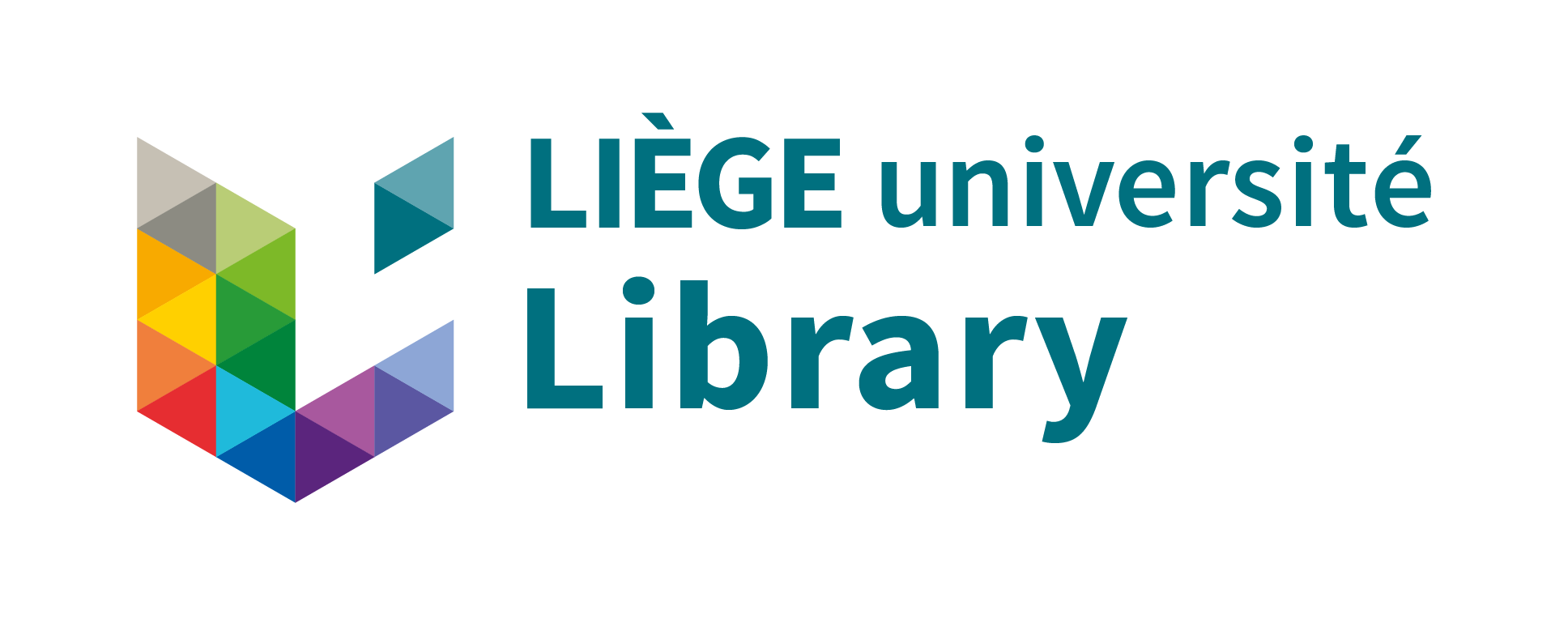Perspectives du relay cropping froment d'hiver-soja en Belgique
Lacroix, Christophe 
Promoteur(s) :
Dumont, Benjamin  ;
Pierreux, Jérome
;
Pierreux, Jérome 
Date de soutenance : 18-jan-2021 • URL permanente : http://hdl.handle.net/2268.2/11113
Détails
| Titre : | Perspectives du relay cropping froment d'hiver-soja en Belgique |
| Titre traduit : | [en] Outlook for winter wheat-soybean relay cropping in Belgium |
| Auteur : | Lacroix, Christophe 
|
| Date de soutenance : | 18-jan-2021 |
| Promoteur(s) : | Dumont, Benjamin 
Pierreux, Jérome 
|
| Membre(s) du jury : | De Clerck, Caroline 
Blanchard, Remy 
Bodson, Bernard 
Lassois, Ludivine 
Delaplace, Pierre 
|
| Langue : | Français |
| Mots-clés : | [fr] Soja [fr] Glycine max [fr] Froment [fr] Triticum aestivum [fr] Relay cropping [fr] Relay intercropping [fr] densité de semis [fr] Belgique [en] Soybean [en] Glycine max [en] Wheat [en] Triticum aestivum [en] Relay cropping [en] Relay intercropping [en] seed density [en] Belgium |
| Discipline(s) : | Sciences du vivant > Agriculture & agronomie |
| Public cible : | Chercheurs Professionnels du domaine Etudiants Grand public Autre |
| Institution(s) : | Université de Liège, Liège, Belgique |
| Diplôme : | Master en bioingénieur : sciences agronomiques, à finalité spécialisée |
| Faculté : | Mémoires de la Gembloux Agro-Bio Tech (GxABT) |
Résumé
[fr] La volonté de l’Union Européenne d’augmenter son autonomie en protéines végétales pousse ses membres à accroître les surfaces cultivées de Fabaceae. Dans un contexte de changement climatique et suite à une sélection adaptée du soja, il devient envisageable de cultiver cette plante sous des latitudes élevées. La technique de relay cropping est une technique prometteuse d’association de cultures qui consiste à implanter une deuxième culture au sein d’une première avant que celle-ci ne soit récoltée. L’association permet d’augmenter le rendement global par hectare. Dans ce contexte, la technique de relay cropping a été étudiée en réalisant une association du froment d’hiver et du soja en Belgique. Deux configurations d’implantation (alternance de deux ou trois lignes de chaque culture, respectivement appelée 2*2 et 3*3) et trois densités différentes de semis du soja ont été testées.
Cette expérimentation a été réalisée pendant une année culturale (2019-2020) avec un printemps et un été sec. Le relay cropping froment-soja a eu un « land equivalent ratio » (LER) inférieur à 1 pour la biomasse totale ainsi que pour le rendement. Le soja a subi une compétition trop importante pour la ressource hydrique en relay cropping, empêchant tout bon développement. Le soja en relay cropping n’a pas pu être récolté à cause d’une production de gousses trop faible. Peu de différence entre les deux dispositions et les différentes densités de semis au sein du relay cropping ont été observées. Il semblerait que la configuration en 2*2 augmente le rendement en blé.
Compte tenu de la saison de croissance particulièrement sèche, la ressource hydrique a été le facteur le plus limitant en relay cropping. Dans de telles conditions, les résultats issus de la présente étude semblent indiquer que le relay cropping n’est pas avantageux.
[fr] The will of the European Union to increase its autonomy in vegetable proteins pushes its members to increase the cultivated areas of Fabaceae. In the context of climate change and following an adapted selection of soybean, it is becoming possible to cultivate this plant in high latitudes. Relay cropping is a promising crop combination technique that consists of planting a second crop within a first crop before it is harvested. The combination makes it possible to increase the overall yield per hectare. In this context, the relay cropping technique was studied by combining winter wheat and soybean in Belgium. Two planting configurations (alternating two or three rows of each crop, respectively called 2*2 and 3*3) and three different soybean sowing densities were tested.
This experiment was carried out during one crop year (2019-2020) with a dry spring and summer. Relay cropping wheat-soybean had a land equivalent ratio (LER) lower than 1 for both total biomass and yield. Soybean has been competing for too much water in relay cropping, preventing good development. Relay cropping soybeans could not be harvested due to low pod production. Little difference between the two arrangements and the different sowing densities within relay cropping were observed. It would seem that the 2*2 configuration increases wheat yield.
Given the particularly dry year, the most limiting factor in relay cropping was water resources. Under such conditions, the results of the present study seem to indicate that relay cropping is not advantageous.
Citer ce mémoire
L'Université de Liège ne garantit pas la qualité scientifique de ces travaux d'étudiants ni l'exactitude de l'ensemble des informations qu'ils contiennent.


 Master Thesis Online
Master Thesis Online



 s150003Lacroix2020.pdf
s150003Lacroix2020.pdf

